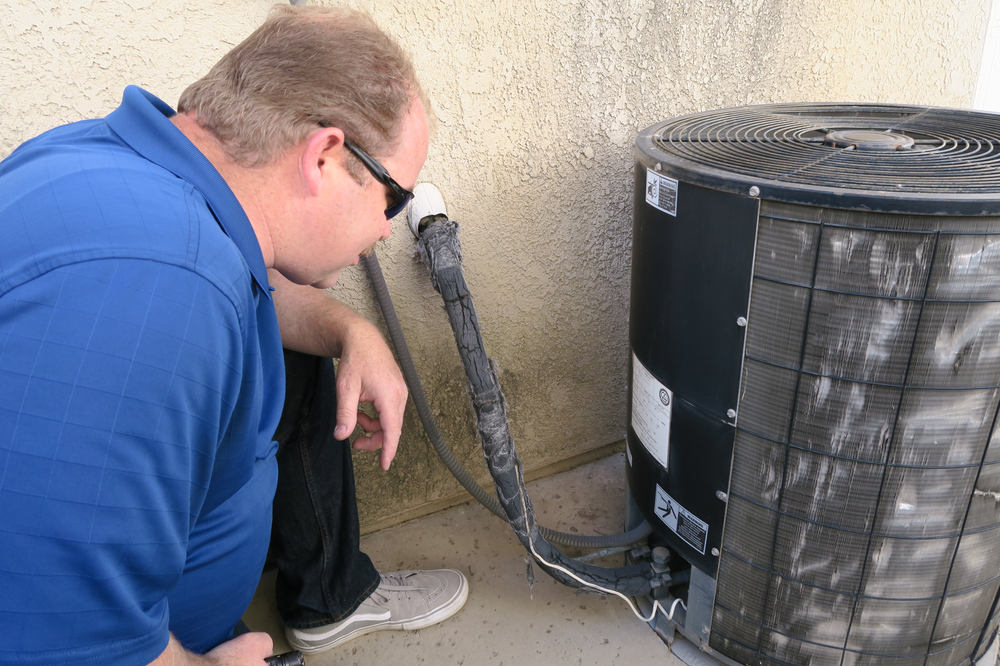An AC unit is an important part of your house, but investing in the wrong unit can take a toll on your finances. An efficient unit uses less energy to cool your home, leading to a lower electricity bill. You can determine the efficiency of an air conditioner by checking the SEER rating.
What is SEER?
SEER is the short form for Seasonal Energy Efficiency Ratio. It refers to the ratio of an A/C’s cooling output over the duration of a typical cooling period, divided by its energy consumption in Watt-Hours. SEER is also known as Seasonal Energy Efficiency Rating.
The average central A/C unit in the market today comes with a SEER rating of 15 to 18. The minimum SEER rating requirement by the DOE (Department of Energy) is 13.
Why do air conditioners have SEER rating?
An air conditioner is a big investment, so it is important to find out everything you can about it before making a purchase. The SEER rating of an air conditioner shows you how much energy (and in turn money) your AC unit will consume in one year. A new air conditioner must meet its minimum energy efficiency as indicated by the SEER rating, according to the DOE. The SEER rating allows you to compare different systems to identify the most efficient one. A higher SEER rating is preferable because it means that your unit is more efficient and will therefore not result in a high utility bill. Your savings will ultimately depend on your current cost of cooling your home, the unit’s SEER rating, how much you pay for electricity per kilowatt, and the size of your house.
How do I find the SEER rating for my AC?
Most units have a yellow sticker written “Energy Guide” on the side, which contains the SEER rating of the A/C. You can also find the SEER rating of the air conditioner near the top of the manufacturer’s label, where the unit’s serial and model number are displayed. For example, if the model number starts with 14AC, it means that the SEER rating of that unit is 14. In the event the unit is old, you can find the SEER rating by searching
How do you calculate SEER rating manually?
To calculate SEER:
1. Find your air conditioner’s BTUs per hour. If you don’t find this value on the air conditioner, check the owner’s manual.
2. Find out how many watts per hour your air conditioner has used. You can also find this information either in the owner’s manual or on the actual air conditioner.
3. Find out how many BTUs was used over the whole summer season. If 1,000 hours (or 4 months/ 125 days) represent the summer and late spring months, for instance, you would multiply the value of your BTUs per hour by 1,000.
4. Multiply the value you got in step two by 1,000 to get the whole season’s watts-hours.
5. Divide the value you got in step three (the whole season’s BTUs) by the value from step 4 (the whole season’s watts-hours) to obtain the SEER rating.
Why is a high SEER ratio important?
1. Better energy efficiency
A unit with a higher SEER rating has much better energy efficiency. The minimum SEER requirements vary from region to region. The minimum SEER rating in the North is 13, while in the Southeast and Southwest it is 14.
2. Great indoor comfort
A higher SEER rating results in more comfort in the warm summer months, especially if you are in a hot area like the Southwest or Southeast. Units with higher SEER ratings are able to offer greater indoor comfort because of two components:
Variable-speed blower
Variable-speed or 2-stage compressor
Air conditioners that feature lower SEER ratings only operate on one speed and are typically single-stage. As a result, they tend to flicker during mild weather, leading to uneven cooling or cold and hot spots. You may also feel hotter than it actually is due to higher humidity levels.
3. Compatible with automatic fan delay switches
Modern energy efficient A/C units with high SEER ratings have automatic fan delay switches. Older HVAC systems would deactivate the AC compressor and the air handler simultaneously, causing cold air to be trapped in the air ducts. Air handlers today come with an automatic fan delay switch that keeps the fan activated for some time after deactivating the compressor. However, one of the most important factors is a proper installation as well as proper airflow from your duct system. Without these two, SEER becomes irrelevant.
If you are planning to buy or sell your house, it is important to have your air conditioning system inspected. Getting a Home Inspector, can help you identify problems with the A/C unit that would otherwise go unnoticed and lead to costly utility bills. Give us a call when you are ready to buy or sell your property for a Home Inspection!




